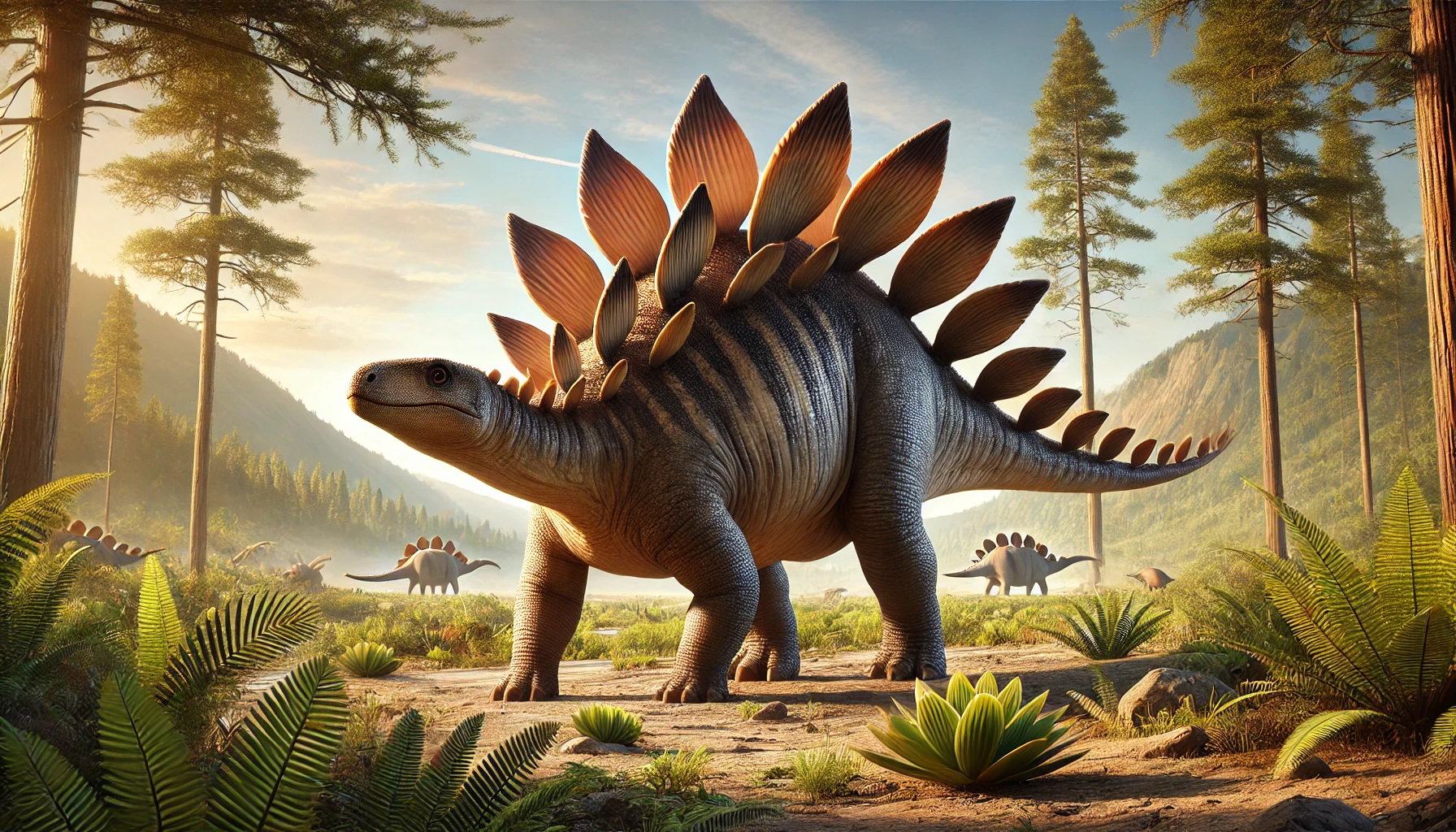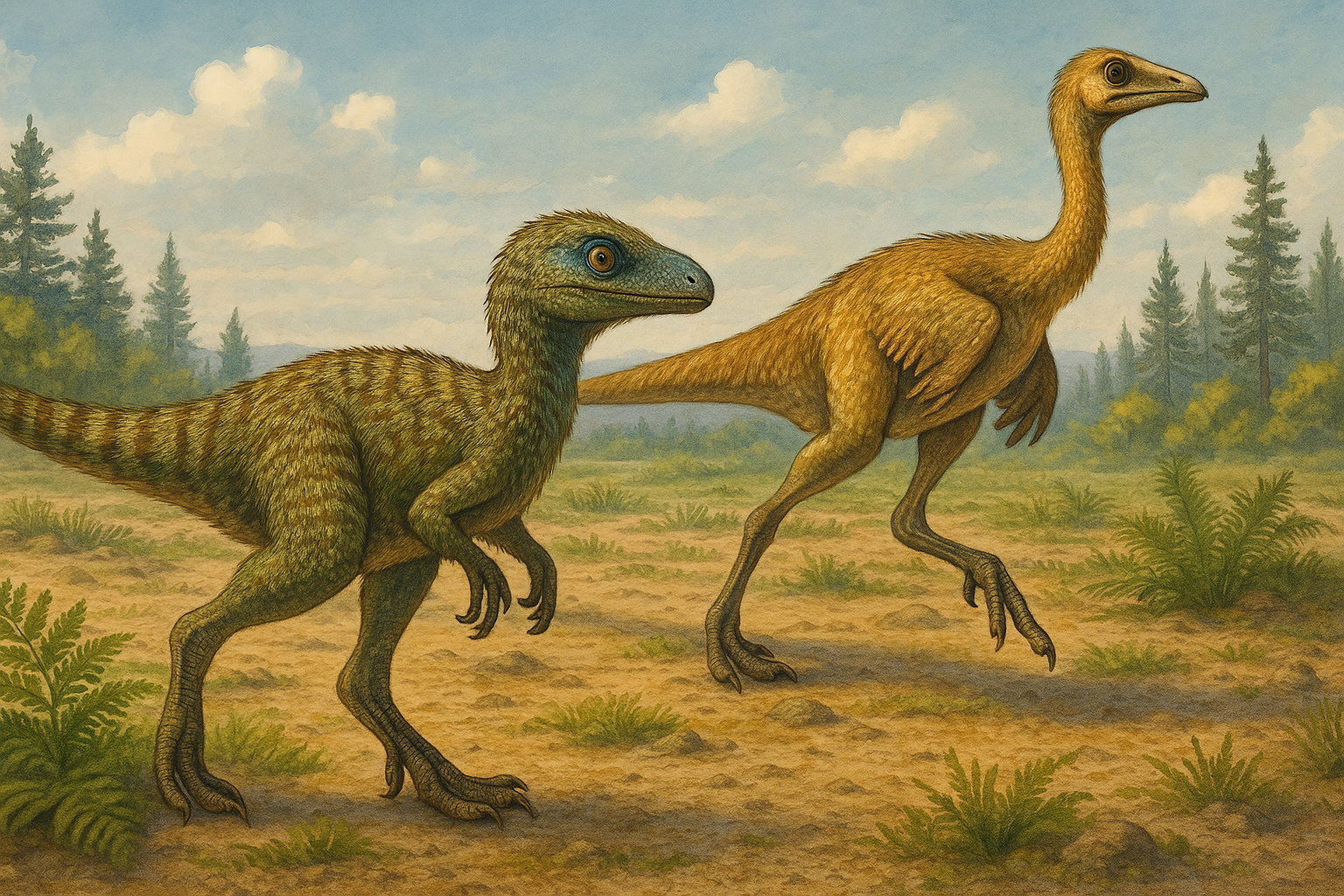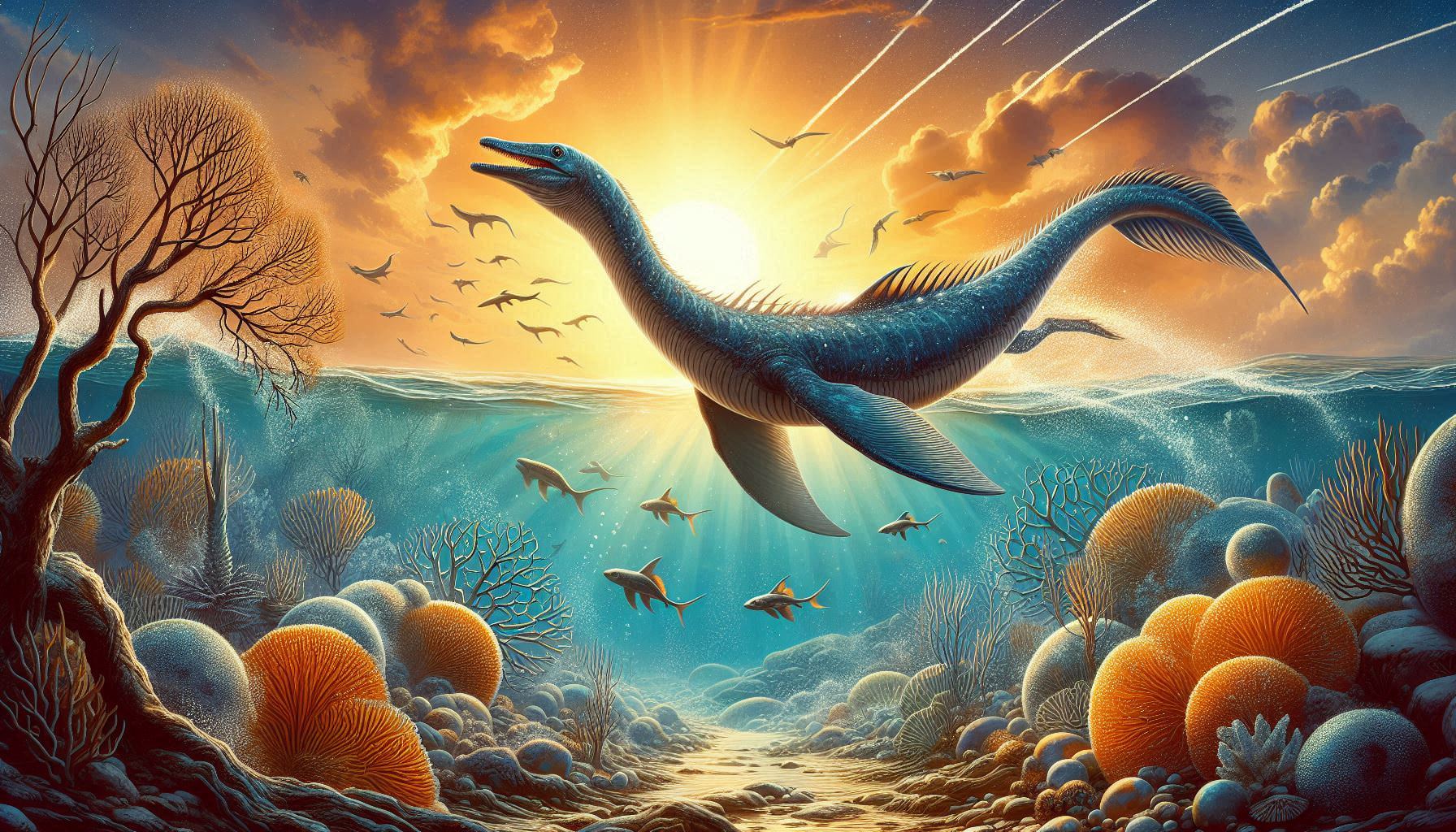Soaring above ancient coastlines 85 million years ago, Pteranodon was one of the largest and most recognizable flying reptiles of the Mesozoic era. With a wingspan that rivaled a small aircraft and a toothless beak designed for fishing, this iconic pterosaur has fascinated scientists and the public alike for over a century. But what do we really know about this prehistoric glider — and what myths need clearing up?
- What Was Pteranodon?
- Did Pteranodon Have Teeth?
- That Crest: What Was It For?
- How Did Pteranodon Fly?
- Where Have Pteranodon Fossils Been Found?
- Pteranodon vs. Pterodactyl: What’s the Difference?
- Did Pteranodon Live with Dinosaurs?
- Why Pteranodon Still Matters
- FAQ
- Was Pteranodon a dinosaur?
- How big was Pteranodon?
- Did Pteranodon have teeth?
- What did Pteranodon eat?
- What was the purpose of Pteranodon’s crest?
What Was Pteranodon?
Pteranodon is a genus of pterosaurs — a group of flying reptiles that lived during the age of dinosaurs, but were not dinosaurs themselves. It lived during the Late Cretaceous period, primarily in what is now North America, in coastal regions along the Western Interior Seaway.
Unlike earlier pterosaurs, Pteranodon was a true giant. Some individuals had wingspans reaching up to 7 meters (23 feet), yet it was remarkably lightweight, with a hollow-boned skeleton adapted for soaring flight.
Did Pteranodon Have Teeth?
Despite what some outdated illustrations show, Pteranodon had no teeth. Its name means “toothless wing,” and it had a long, pointed beak likely used for snatching fish from the water’s surface — much like modern seabirds.
That Crest: What Was It For?
One of Pteranodon’s most striking features was the large, backward-pointing crest on its head. Scientists believe the crest likely served multiple purposes:
- Species recognition – helping individuals identify each other
- Sexual selection – males had longer crests, possibly to attract mates
- Aerodynamic function – though not proven, it may have helped with balance or flight control
How Did Pteranodon Fly?
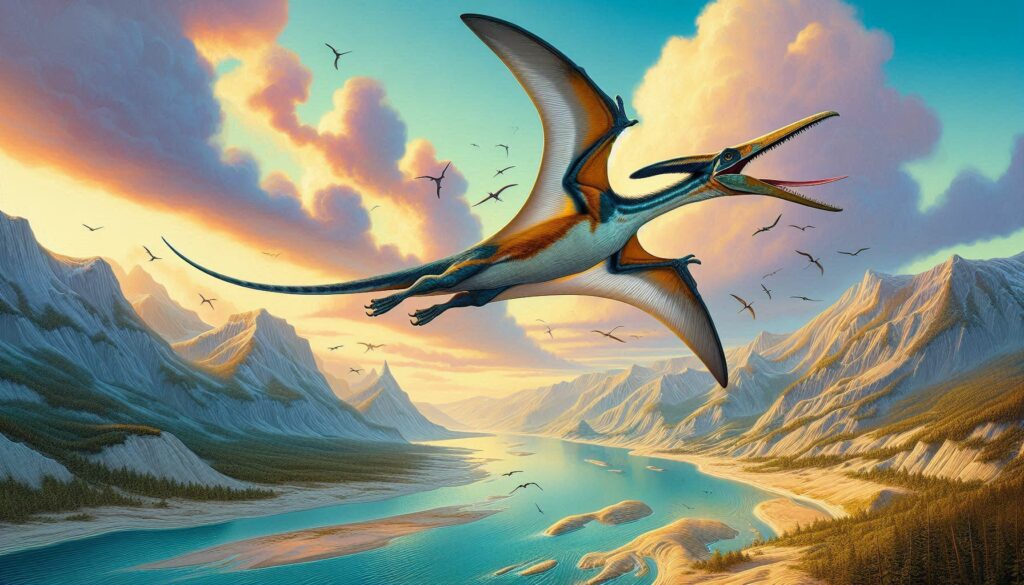
Pteranodon was not a flapper like most birds — it was a soaring specialist. With long, narrow wings and a large wingspan, it used ocean breezes and thermal currents to glide effortlessly across long distances. This flight style resembles that of modern albatrosses and frigatebirds.
Where Have Pteranodon Fossils Been Found?
Most fossils have been discovered in Kansas, South Dakota, and Wyoming — areas that were once covered by the Western Interior Seaway. Fossils are often found in marine sediments, further supporting the idea that Pteranodon was a coastal flyer and fish hunter.
Pteranodon vs. Pterodactyl: What’s the Difference?
“Pterodactyl” is a common nickname but usually refers to a much smaller, earlier pterosaur. Pteranodon lived millions of years later and had a much larger wingspan, no teeth, and a prominent crest. It belongs to a different family: Pteranodontidae.
Did Pteranodon Live with Dinosaurs?
Yes — but it wasn’t one. Pteranodon lived alongside dinosaurs like Tyrannosaurus rex and Triceratops, but it belonged to a separate branch of reptiles. Still, they shared the same ecosystems and extinction fate at the end of the Cretaceous period.
Why Pteranodon Still Matters
As one of the best-known flying reptiles, Pteranodon plays a key role in understanding pterosaur flight, anatomy, and ecology. Its fossils help paleontologists trace the evolution of flight in reptiles and draw comparisons with birds, bats, and modern gliders.
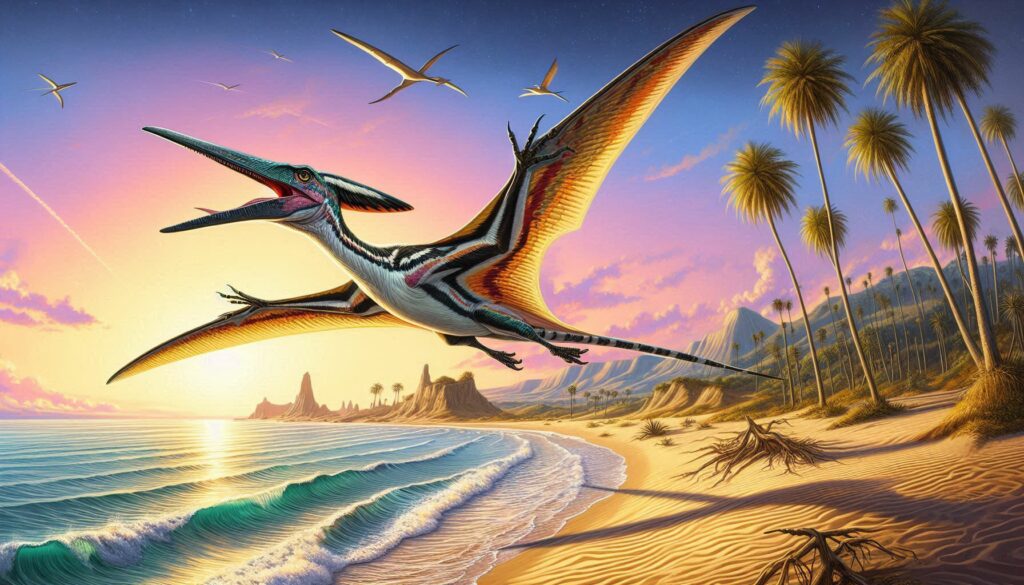
FAQ
Was Pteranodon a dinosaur?
No. Pteranodon was a pterosaur — a flying reptile closely related to dinosaurs, but not part of the dinosaur group itself.
How big was Pteranodon?
Some species had wingspans up to 23 feet (7 meters), making it one of the largest flying reptiles of its time.
Did Pteranodon have teeth?
No. Despite some confusion, it had a long toothless beak, which it likely used to catch fish.
What did Pteranodon eat?
It probably fed on fish and other small marine animals, using its beak to scoop prey from the water while gliding.
What was the purpose of Pteranodon’s crest?
The crest may have helped with mate attraction, species recognition, or flight stability — though its exact purpose is still debated.
# pteranodon facts, pterosaur vs pteranodon, flying reptile prehistoric, was pteranodon a dinosaur, pteranodon wingspan, dinosaur era flying reptiles, toothless flying reptile, crested pterosaur, Late Cretaceous pterosaurs, fossil flying reptiles



